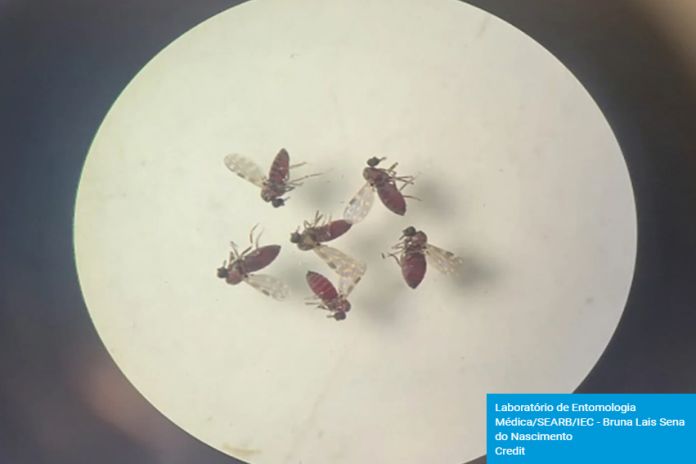WASHINGTON, USA, (PAHO) – The Pan American Health Organization (PAHO) has issued an epidemiological alert calling on countries to strengthen surveillance and implementation of laboratory diagnosis of the Oropouche virus (OROV). The call follows a recent increase in cases, and spread of the disease to new areas, as well as reports of the first deaths associated with the infection and possible instances of vertical transmission.
As of the end of July, in 2024, 8,078 confirmed cases of Oropouche fever were reported in the region, including two deaths. Cases were reported in five countries: Bolivia (356), Brazil (7,284, including two deaths), Colombia (74s), Cuba (74) and Peru (290).
Although the disease has historically been described as mild, the geographic spread in transmission and the detection of more severe cases underscore the need for increased surveillance and characterization of possible more severe manifestations. In July, Brazil also reported the investigation of cases of OROV transmission from pregnant women to the fetus.
Historically, Oropouche fever was primarily transmitted through the bite of an insect known as midge (Culicoides) in the Amazon region. However, factors such as climate change, deforestation and unplanned urbanization have facilitated its spread to non-Amazonian states in Brazil and to countries where, until now, there have been no reported cases, including Bolivia and Cuba.
Symptoms include sudden onset of fever, severe headache, joint and muscle pain, and, in some cases, rash, photophobia, diplopia (double vision), nausea, vomiting and diarrhea. Symptoms may last five to seven days. While most cases recover without sequelae, in a small number of instances, complete recovery may take several weeks. Rarely, severe cases with aseptic meningitis may occur.
OROV can be confirmed by molecular diagnosis. PAHO has strengthened diagnostic capacity in 26 countries in the region. However, as the clinical presentation of OROV is similar to that of other arboviral infections, combined with a lack of systematic surveillance in many countries, there is a possibility that surveillance systems underestimate the frequency of the disease.

PAHO recommends that countries in the region strengthen epidemiological surveillance and laboratory diagnosis, particularly to identify fatal and severe cases and possible cases of vertical transmission. In addition, the Organization urges countries to expand prevention campaigns and strengthen entomological surveillance and vector control actions to reduce mosquito and gnat populations.
People are also advised to take preventive measures, including the use of repellents, clothing that covers legs and arms, and fine mesh mosquito nets, and to take extra precautions during outbreaks, particularly for vulnerable groups such as pregnant women.
There are no vaccines or specific antiviral treatments for Oropouche fever. Management of the disease is symptomatic, focused on pain relief and rehydration. PAHO continues to monitor the situation and provide technical assistance to support the response of countries in the region.





